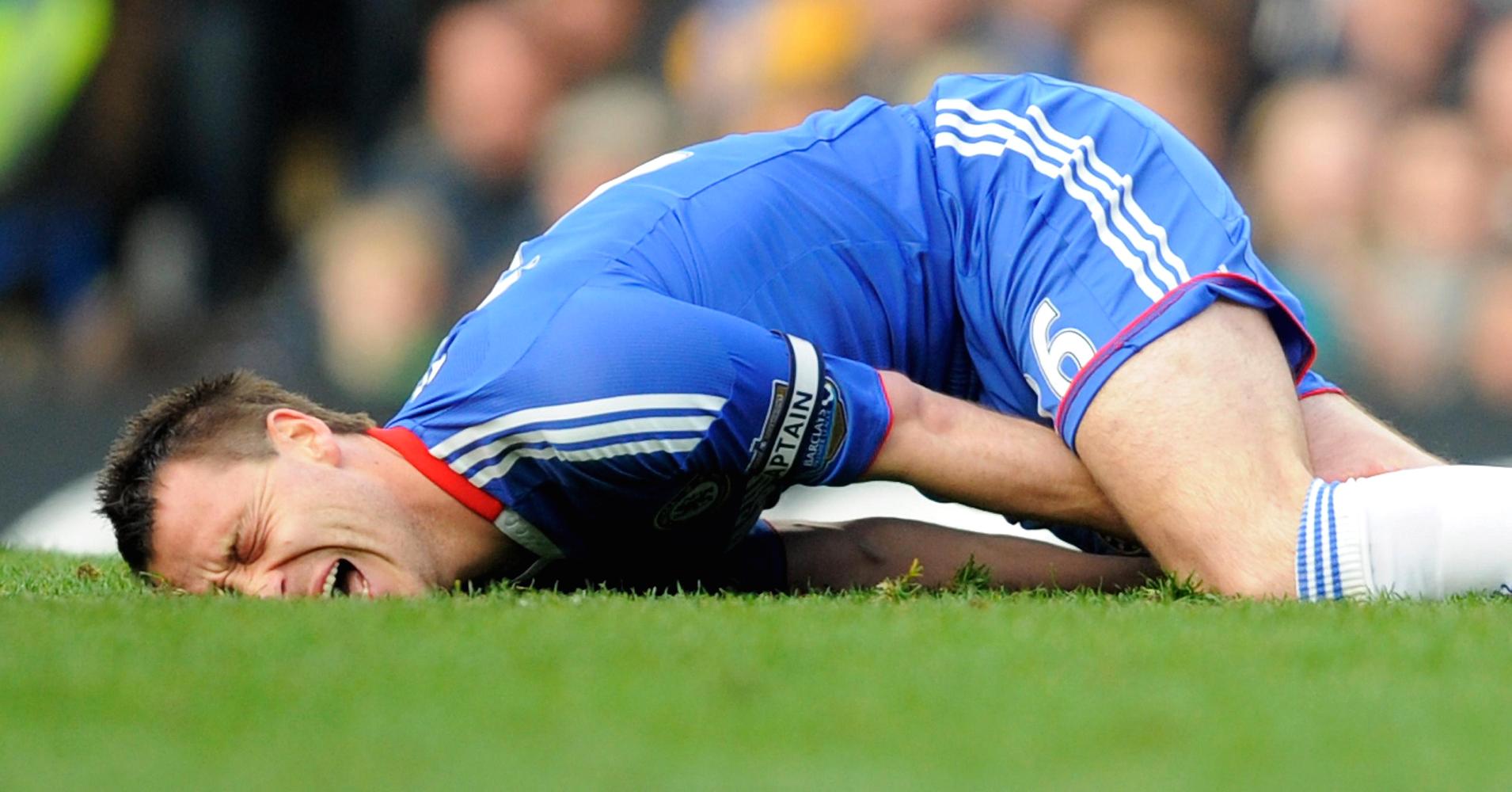
In a year where the market has been trying to find a direction, investors have been largely looking the wrong way.
Two of the most crowded trades, low beta and high dividend yield, have been major losers, according to Bank of America Merrill Lynch. The high yield strategy has netted a 3.6 percent loss heading into this week, while low beta, which seeks stocks that have less volatility and lower correlation to broad market indexes, has lost 4.4 percent.
Put them together, and the combined trade is down more than 5 percent, BofAML said in a note to clients. An ETF that combines the two strategies, the $2.6 billion PowerShares S&P 500 High Dividend Low Volatility Portfolio, is down more than 6 percent year to date.
Both strategies were considered safety plays following years of low interest rates and little volatility, but have suddenly turned dangerous. The S&P 500 for the year is up about 1.5 percent.
“Market participants have been mispricing risk since the financial crisis, in our view, conflating safety with low price volatility, and capital preservation with high dividend yields,” Savita Subramanian, equity and quant strategist at BofAML, said in a note to clients. “In our factor work, these risks are just now being revealed.”
Investors have been pouring cash into low-volatility exchange-traded funds, and the blowup of the trade played a big role in the early-February market correction. Low-vol funds have seen sharp asset growth over the past five years or so.
The biggest of the group, the $14.6 billion iShares Edge MSCI Min Vol USA ETF, has fallen nearly 1 percent in 2018.
For high dividend, the biggest fund in the group, the $21 billion Vanguard High Dividend Yield Index Fund ETF Shares, is off nearly 2 percent year to date.
On the upside, strategic investors should be seeking out secular growth companies, which Subramanian called a “coiled spring.” They’ve outperformed the S&P 500 index by 1.6 percentage points in May.
For April, the best-performing screen was companies that had high “estimate dispersion,” or companies where analysts disagreed most. That group returned 5 percent against the S&P 500’s flat returns for the month. The worst screen was high foreign exposure, which fell 2.2 percent as emerging markets began to fall out of favor.
For the year, companies with the highest earnings estimate revisions have seen strong performance, with a 7.2 percent return.
WATCH: Savita Subramanian and Jim Paulsen try to figure out the market.

